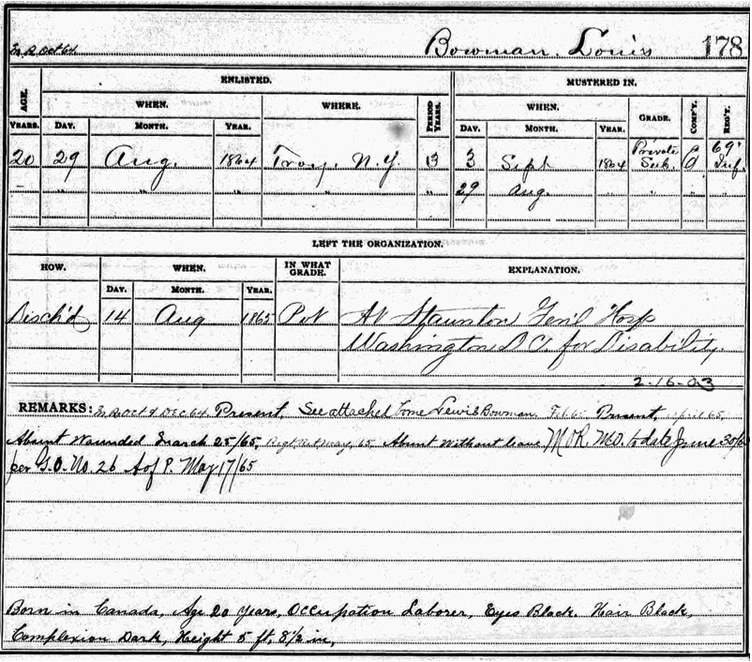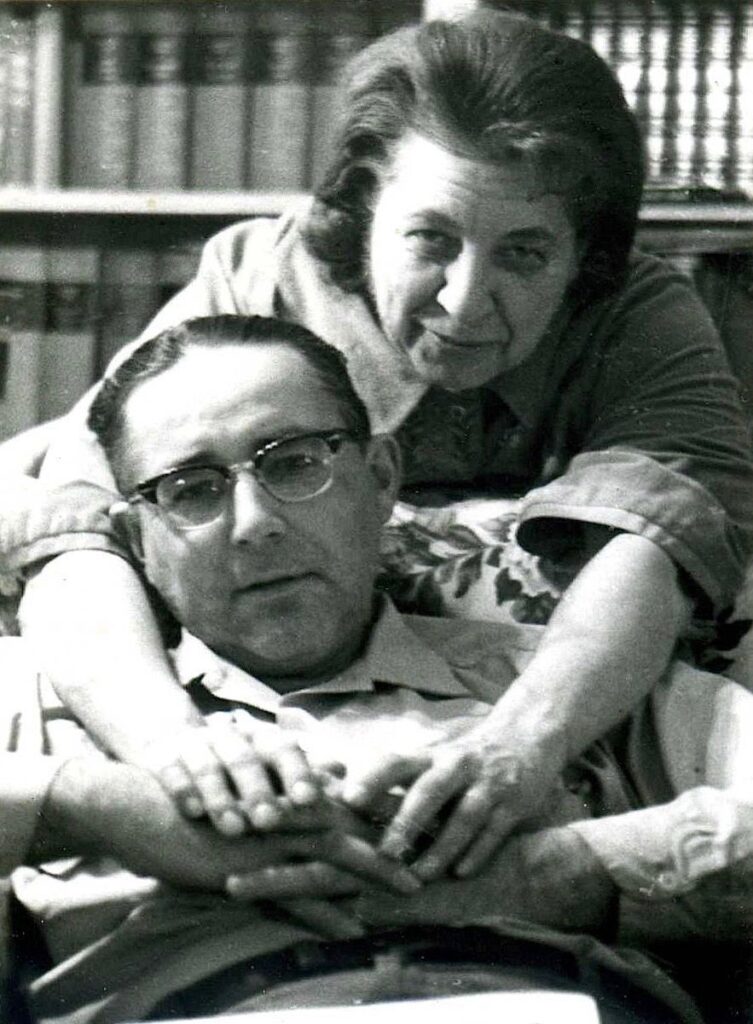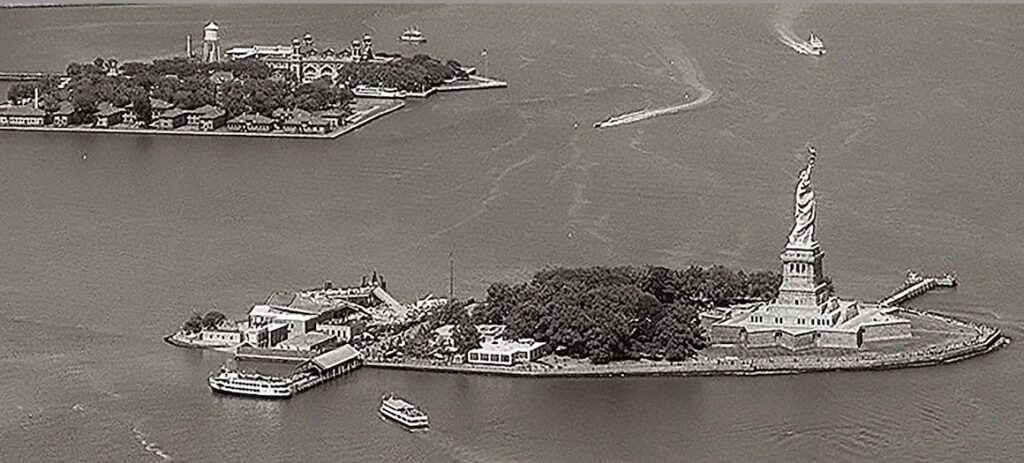by Joseph Bruchac
The following blog post was written by my father Joseph Bruchac and posted here with permission from his new blog GENERATIONS. I’ve added some additional photos, and my own descriptions along with them below:
More than any other contemporary people, Americans have been on the move for a long time. We are as JFK* said “A nation of immigrants,” – and in more ways than you might even imagine. Even today, there are very, very few people who live, as I do, in the same house in which they were raised. It is said that most Americans move at least three times during their lives.
Most of my ancestors, even some of those Indigenous to North America, moved a lot, crossing and re-crossing the state and national borders that had been imposed on Indigenous lands.
“Focusing on villages to the exclusion of family bands obscures the full picture of western Abenaki life, movement, and survival. Abenakis endured centuries of conflict, coercion, and dispersal, in which they saw their numbers thinned, their communities splintered, and their spiritual certainties questioned. Yet, even as some bands withdrew to more hospitable locations in Canada, and individuals scattered throughout northeastern North America, enclaves of western Abenakis survived in Vermont and preserved their cultural and political identity. Village dispersals and band migrations were probably less traumatic and final to Abenakis than they seemed to European observers accustomed to settled towns and permanent residence. The family band, the basic unit of subsistence and community, became the basic unit of survival.” (Colin Calloway 1990, 32-33)

This civil war record describes Jesse Bowman’s father, Louis (Lewis) Bowman as being, “Born in Canada, Eyes: Black, Hair: Black, Complexion: Dark, Height: 5 ft. 8 1/2 in.”
According to my family traditions, my great-great grandfather Joseph Bowman died on a log drive on the Kennebec River in Penobscot territory in Maine. His son, my great-grandfather, Louis (also spelled Lewis) Bowman, was born in an Abenaki enclave in Brome-Missisquoi, Quebec, in 1844. During the late 1800s, Abenaki and Mohawk people routinely crossed back and forth between Canada and the United States, into and out of Quebec, New York, Vermont, and New Hampshire, following family and work opportunities.
In 1860, Louis Bowman crossed the border to live for several years in the Winooski and Missisquoi areas of Vermont, which were and are still home to large enclaves of Abenaki people. In 1864, he moved again, this time to Troy, in upstate New York, where he was recruited into the 69th New York Infantry to fight on the side of the Union in the Civil War, and become a naturalized United States citizen.
After the war he moved to Porter’s Corners, New York, near the heart of the then thriving Fox Hill Indian community and other Native enclaves at Barktown, Indian Stream, Indian Hollow, Palmertown, and Stony Creek, each of which were home to families of mixed Abenaki, Mohawk, and/or Mohican ancestry.* He married my great-grandmother Alice Van Antwerp, and settled on Ormsby Road.

Alice, grampa Jesse Bowman’s mom, came from a Dutch family that had emigrated to the US around 1600. By the late 1800s, that family line included both Mohawk and Mahican people, some of whom had joined the Dutch Reformed Churches around Albany and adopted Dutch names.
My maternal grandmother Marion, whose maiden name was Dunham, had both Indigenous ancestry from Massachusetts and an ancestor who was part of Plimoth Plantation, the Mayflower Colony.
On my father’s side of the family, both my grandmother Apolina Hrdlika and grandfather Joseph Bruchac came from the town of Trnava in Slovakia. It was just before World War I, and my grandfather knew that a war was about to happen. Czechoslovakia was part of the Austro-Hungarian Empire then, and he did not want to be forced to be a soldier.

Joseph would not have been allowed to emigrate from Czechoslovakia, but he was allowed to travel to Austria. When he got to Austria, he was able to leave for America with new papers that listed him not as Slovak but as Austrian. My grandmother followed him later to America, and worked as a cook in New York City before they married and moved to Norwalk, Connecticut. In the 1910s, they bought land and built a house in Greenfield Center, New York.
All of these tangled threads are part of the family story that brought my mother, Marion Flora Bowman, and father, Joseph Edward Bruchac, together to meet at Splinterville Hill, where I was raised and I still live today.

Ellis Island
A poem by Joseph Bruchac, 1979
Beyond the red brick of Ellis Island
where the two Slovak children
who became my grandparents
waited the long days of quarantine,
after leaving the sickness,
the old Empires of Europe,
a Circle Line ship slips easily
on its way to the island
of the tall woman, green
as dreams of forests and meadows
waiting for those who’d worked
a thousand years
yet never owned their own.
Like millions of others,
I too come to this island,
nine decades the answerer
of dreams.
Yet only part of my blood loves that memory.
Another voice speaks
of Native lands
within this nation.
Lands invaded
when the earth became owned.
Lands of those who followed
the changing Moon,
knowledge of the seasons
in their veins.

_________________
*A Nation of Immigrants is a book by 1958 by former US president John F. Kennedy, who was a U.S. Senator from Massachusetts at the time it was released. The book’s title reflects the reality that the United States has historically been a nation primarily composed of immigrants and their descendants.
–Regional County Municipality – RCM (Municipalité régionale de comté – MRC) Brome-Missisquoi County: The Western Abenaki arrived in the Brome-Missisquoi area around 1670, bringing together Native people from upper New England, including those from Saco, Maine (often mis-identified as Sokokis), Sokoki people from the middle Connecticut River, and the Missisquoi nation on Lake Champlain in present-day Swanton, Vermont.
–Family Bands: See historian Colin Calloway, The Western Abenakis of Vermont, 1600-1800: War, Migration, and the Survival of an Indian People (Norman, OK: University of Oklahoma Press 1990).
–Fox Hill Indians: See Don Bowman, Go Seek the Powwow on the Mountain and Other Indian Stories of the Sacandaga Valley, Vaughn Ward, ed. (Greenfield Center, NY: Bowman Books, Greenfield Review Press 1993).
–Ellis Island: is a historical site that opened in 1892 as an immigration station, a purpose it served for more than 60 years until it closed in 1954. Located at the mouth of Hudson River between New York and New Jersey, Ellis Island saw millions of newly arrived immigrants pass through its doors. In fact, it has been estimated that close to 40 percent of all current U.S. citizens can trace at least one of their ancestors to Ellis Island. Today, it is part of the Statue of Liberty National Monument and is accessible to the public only by ferry. The north side of the island is the site of the main building, now a national museum of immigration.
_________________________________
For more daily posts by Joseph Bruchac, visit his blog GENERATIONS